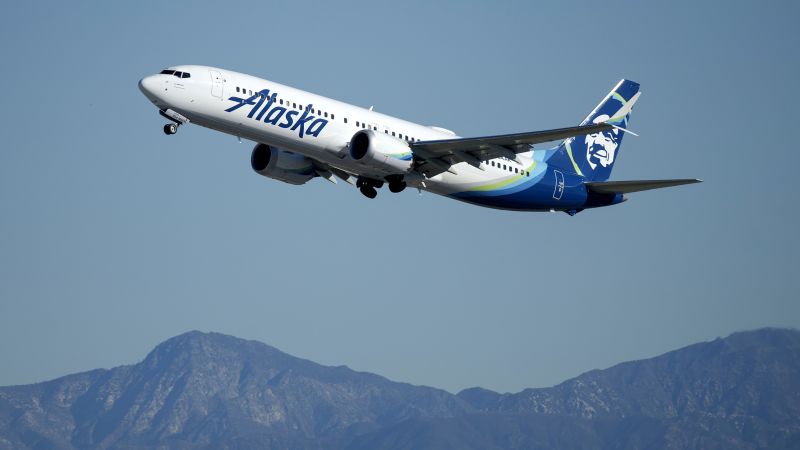In news today, Alaska Airlines and its 7,000-member flight attendants union have finally reached a tentative labor deal after more than a year and a half of talks. The terms of the deal have not been released, but the union has referred to it as a “record contract.”
The deal is expected to include a significant pay raise, which has been a common demand in the airline industry. In April, the union announced their request for pay raises of between 43% to 56% through 2026, including back pay dating back to a year and a half ago.
The union expressed gratitude to its members for their support during the bargaining process, stating, “Your actions over the last two years of bargaining … ensured we had the leverage to extract every last dollar from Alaska Airlines management.”
Alaska Airlines has also expressed satisfaction with the agreement and thanked union negotiators. The agreement is still pending approval from union leadership and members before it can go into effect.
Earlier this year, rank-and-file members voted overwhelmingly in favor of authorizing a strike. However, due to restrictions under the Railway Labor Act, the members were unable to go on strike despite reaching the end of their contract in December 2022.
In related news, flight attendants from other airlines such as American, United, and Southwest have also been advocating for new contracts. Southwest recently reached a deal including a 22.3% raise and retroactive wages.
American and United flight attendants are still in negotiations for new contracts, with American flight attendants even requesting permission to go on strike. However, under the Railway Labor Act, there are strict regulations regarding strikes for airline workers.
Steve Maller, a veteran flight attendant, was among those advocating for better wages in February. Maller, who was onboard the Alaska Airlines Flight 1282 in January when a door plug blew off, emphasized the need for livable wages for all flight attendants.
Maller expressed concern over the number of experienced flight attendants leaving the industry due to stagnant wages, stating, “It was unheard of five years ago for flight attendants to quit their jobs. Now we have 20, 25, 30 a month quitting.”












